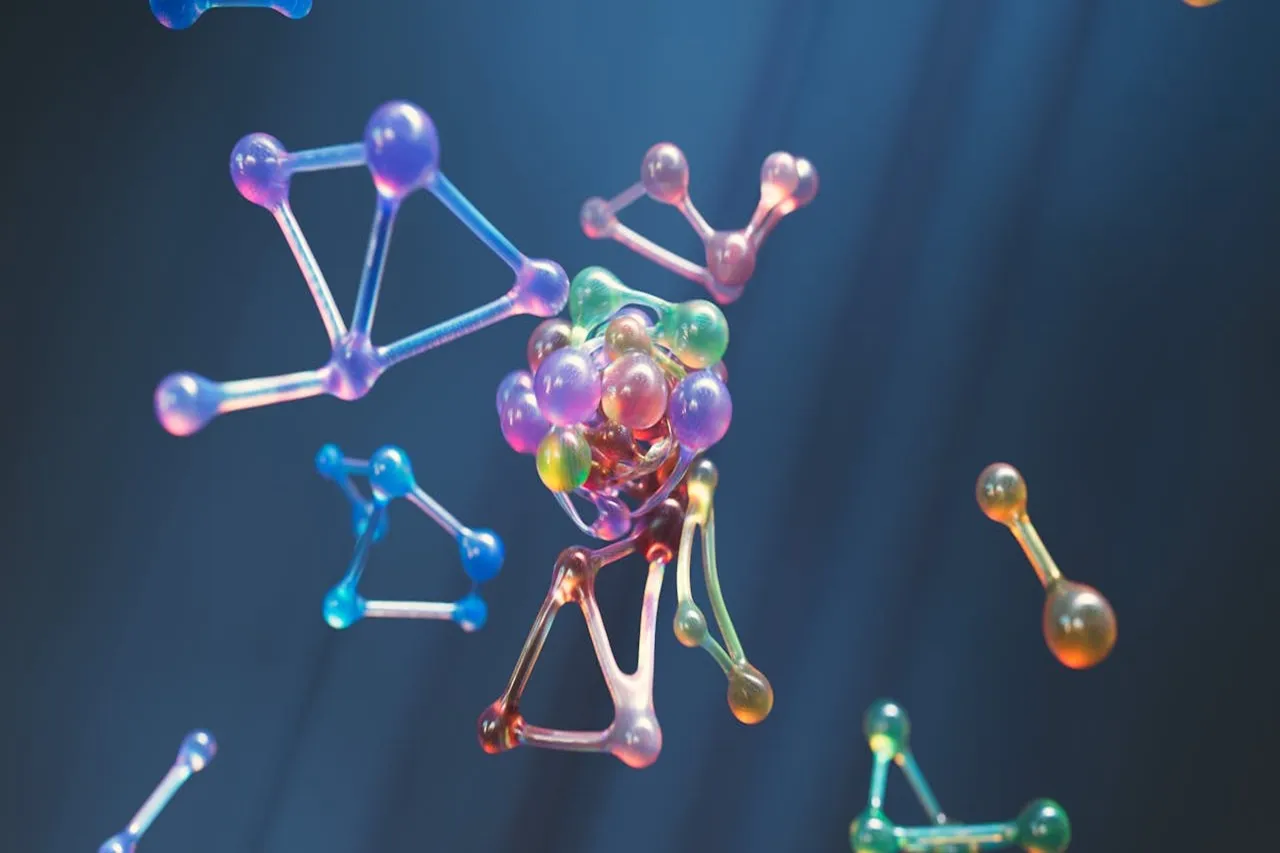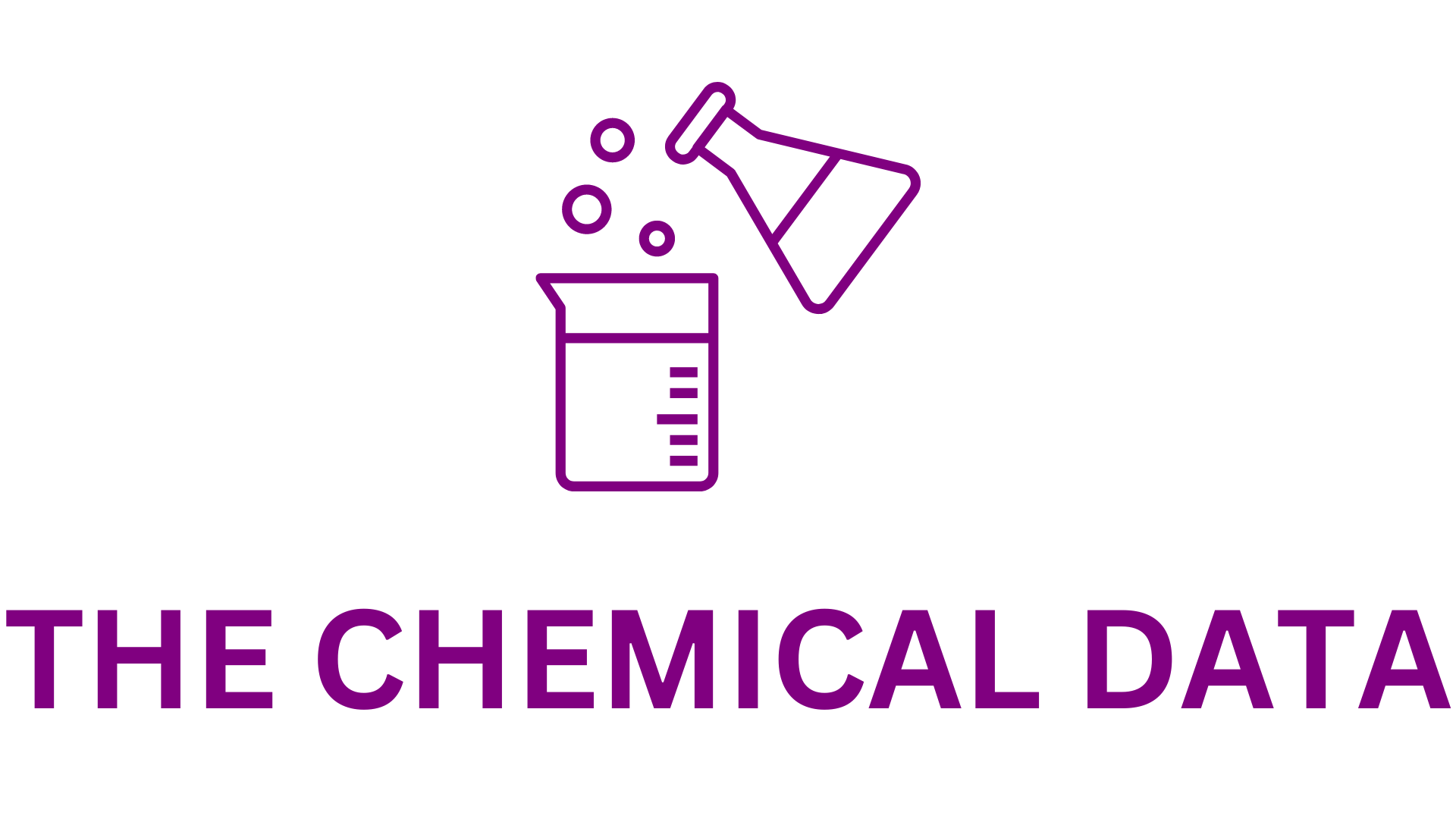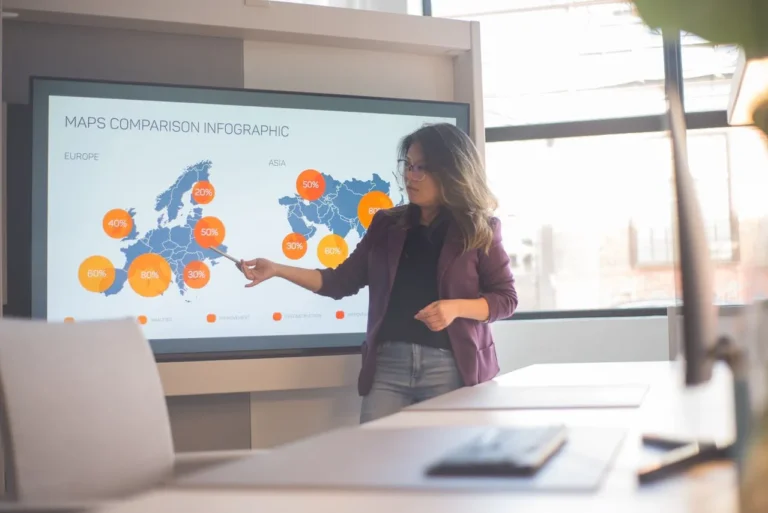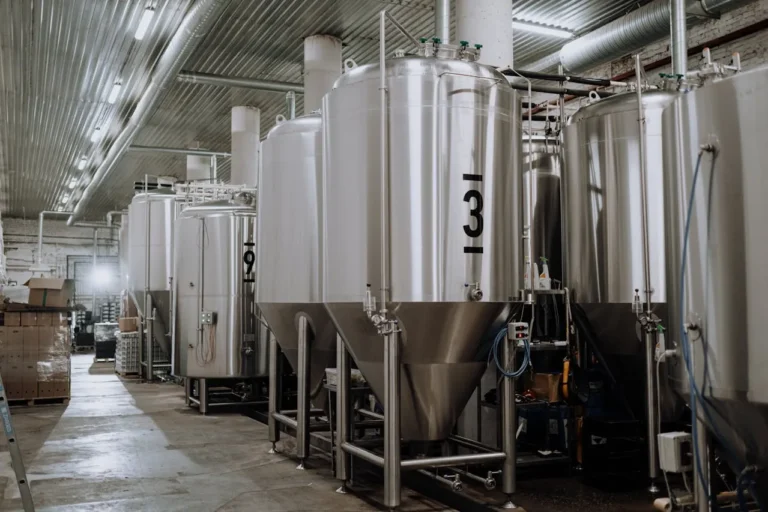
VantAI Unveils Neo-1: A Groundbreaking AI Model for Revolutionary Drug Design
VantAI, a cutting-edge biotechnology company, has unveiled Neo-1, a pioneering AI model that is set to transform the future of drug development. Announced at the NVIDIA GTC 2025 conference, Neo-1 is the world’s most advanced atomistic foundation model and the first to unify de novo molecular generation with multimodal structure prediction. This powerful combination is poised to enable drug developers to systematically rewire protein interactions, opening the door for precision-engineered therapeutics such as molecular glues, bifunctional degraders, and other proximity-based modalities.
The Vision Behind Neo-1
At the heart of VantAI’s breakthrough lies the vision of making protein interactions programmable. According to Luca Naef, Co-Founder and Chief Technology Officer (CTO) of VantAI, who spearheaded the development of Neo-1, “This is only possible if we can precision-design the structure of novel biomolecules, including drug-like small molecules. Existing models allow us to decode the structures of molecules, but to make new medicines, we need to be able to design them. Neo-1, for the first time, allows for this in a single unified model.”
The introduction of Neo-1 marks a significant leap forward in drug discovery. The ability to not only predict but also design novel biomolecules could lead to an entirely new era of therapeutic options, including drugs targeting previously undruggable proteins.
How Neo-1 Works: A Revolutionary Approach to Drug Design
Neo-1 represents a fundamental departure from traditional models in the field. While earlier all-atom structure foundation models primarily focus on predicting atomic coordinates of molecules, Neo-1 generates latent representations of molecules. These representations are then decoded into their three-dimensional structures, enabling the design of novel drug-like molecules tailored for specific targets.
One of the most significant capabilities of Neo-1 is its ability to predict the structure of protein-small molecule complexes, facilitating the generation of entirely new molecules that are optimized for specific protein pockets. This marks a departure from previous models that could only identify and analyze existing structures, rather than creating entirely new molecular entities from scratch.
Key Features and Advancements of Neo-1
Several innovative features and technical advances make Neo-1 stand out in the field of AI-driven drug discovery:
1. Multimodal Inputs
Neo-1 can accept a wide variety of inputs, including partial sequences, partial structures, and experimental data. This flexibility allows the model to integrate various real-world empirical constraints, such as NeoLink-derived restraints, making it adaptable to diverse scientific needs.
2. Unified De Novo Molecule Generation and Structure Prediction
Neo-1 uniquely unites de novo molecule generation with structure prediction. This capability enables atomic-resolution design and reconstruction of protein interfaces, which are crucial for designing drugs that work through complex mechanisms of action (MOAs) like molecular glues. These capabilities represent a major leap forward in designing more effective therapeutics.
3. Massive-Scale Training
Neo-1 is among the largest diffusion-based models in biology, trained on both structural and synthetic datasets. It leverages the power of hundreds of NVIDIA H100 GPUs, enabling it to process vast amounts of data and make highly accurate predictions.
4. Custom Datasets and Tools
Incorporating proprietary tools like PINDER and PLINDER, which were co-developed with NVIDIA, as well as synthetic data created with the GPU-mmseqs2 tool, Neo-1 is equipped with specialized resources that enhance its predictive power. These tools allow for more precise training and improved outcomes in drug design.
Real-World Impact: Accelerating Drug Discovery
One of the standout features of Neo-1 is its potential to significantly speed up the drug development process. VantAI has already used the model to generate active small molecules targeting previously undruggable proteins in a matter of weeks—far faster than the years it would typically take using traditional methods.
By leveraging NeoLink, VantAI’s high-throughput data platform, Neo-1 can illuminate the geometric vocabulary of protein interactions at the full proteome scale. This data, in combination with Neo-1’s advanced AI capabilities, positions VantAI to lead the way in the design of next-generation therapeutics.
A Step Toward Precision Medicine
The breakthrough enabled by Neo-1 has significant implications for precision medicine. By allowing for the design of highly specific molecules that target particular proteins, Neo-1 could pave the way for therapeutics that are not only more effective but also safer, by minimizing off-target effects.
Michael Bronstein, Chief Scientist at VantAI and DeepMind Professor of AI at the University of Oxford, emphasized the transformative potential of Neo-1: “Neo-1 unlocks the potential of VantAI’s high-throughput ‘black-box’ data platform, NeoLink. VantAI’s unique approach to data and AI will allow us to illuminate the geometric vocabulary of protein interaction at the full proteome scale, a step necessary to design next-generation therapeutics currently beyond reach.”
Collaboration with Industry Leaders
VantAI’s Neo-1 has already attracted interest from leading pharmaceutical companies. VantAI is currently deploying Neo-1 to a range of commercial and academic partners, including Janssen (Johnson & Johnson), Blueprint Medicines, and Bristol Myers Squibb. These partnerships are expected to accelerate the discovery of novel drugs, as Neo-1’s capabilities allow for faster and more accurate design of small molecules and protein-based therapies.
In addition to supporting external collaborations, VantAI is using Neo-1 to advance its own internal pipeline of novel therapeutics, demonstrating the company’s commitment to pushing the boundaries of what AI can achieve in drug discovery.
The Future of AI in Drug Discovery
Anthony Costa, Director of Digital Biology at NVIDIA, praised the capabilities of Neo-1, saying, “Neo-1 is a breakthrough model that enables all-atom de novo design across biomolecular space in addition to remarkable multimodal structure prediction capabilities. Acceleration of Neo-1 on the NVIDIA platform is crucial to accelerate scientific advances in the hands of scientists using the model.”
VantAI’s Neo-1 is poised to revolutionize how drugs are designed, moving the industry closer to precision-engineered therapies that can address a wide range of previously untreatable conditions. With its combination of AI innovation, multimodal inputs, and cutting-edge data integration, Neo-1 stands at the forefront of a new era in biotechnology, where drug discovery is faster, more accurate, and more targeted than ever before.
In conclusion, the launch of Neo-1 signals a monumental leap forward in AI-driven drug discovery. By enabling the precision design of molecules with atomic-level accuracy, Neo-1 is setting the stage for the next generation of therapeutics, offering new hope for patients and drug developers alike.
About VantAI
VantAI is pioneering a transformative approach to drug discovery by illuminating the dynamic networks of protein interactions that drive biological function. Leveraging our groundbreaking NeoLink structural proteomics platform and next generation foundation models, we generate unprecedented interactomics data at scale, revealing how molecules connect, interact, and shape cellular behavior — in 3D. Alongside a robust and mechanistically differentiated internal pipeline, VantAI collaborates extensively with external partners to accelerate the delivery of innovative therapies. Our cross-disciplinary team of scientists and engineers is uniquely positioned to unlock novel therapeutic strategies that induce, modulate, or block protein interfaces—making previously undruggable targets accessible and providing powerful new ways to target diseases by rewiring cellular circuitry.
For more information, visit www.vant.ai.







